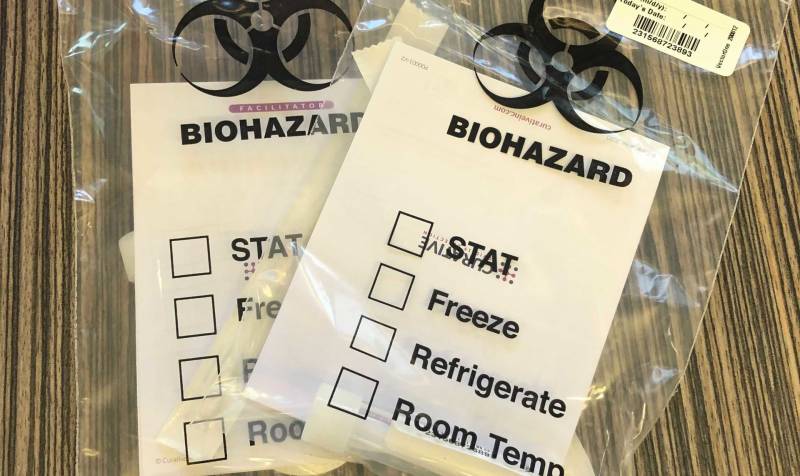Districts, however, can’t reopen schools until teachers' unions agree to the working conditions, and in many districts, the two sides are currently negotiating this.
"Since the pandemic began, we've realized how important it is to have timely and accurate testing," Monroe said. "And because I have the ability to be in meetings and hear conversations at the state level, it became very clear to me that we really did not have a good solution for this. So I began talking to different companies and potential partners to see if we could solve this problem."
Monroe said the next step is to procure tests for students.
But some teachers still have concerns about reopening too soon, despite the new testing plans.
“Testing does nothing to mitigate the risk factors that exist for me and my students: Our zip code has one of the highest infection rates in the county, our classrooms are tiny and lack adequate ventilation, [there are] high rates of asthma and other underlying conditions in our student and staff population," said Maya Brodkey, a teacher at Fremont High School in Oakland. “Distance learning isn’t serving our kids, but I would rather they get a spotty education than risk them (or our staff) getting sick.”
Along with testing, many parents and teachers have demanded that districts provide adequate PPE, emergency contact tracing plans and deep cleaning plans, as well as clearly communicated plans for staggered drop offs. Public health recommendations also include restricting classes to small cohorts of students who should remain isolated during lunch, recess and bathroom breaks. Schools and districts are also encouraged to develop contingency plans should an outbreak occur.
Schools in California can reopen for in-person instruction at any time if they are located in counties that have not been on the state's monitoring list within the last 14 days.
California has approved over 900 public and private elementary schools for in-person learning, according the Department of Public Health. Alameda and Santa Clara counties will join San Francisco in the orange tier — which allows schools to reopen physical classrooms — as long as they follow state guidance on how to do so safely. As a condition for reopening, several Bay Area teachers unions are pushing for worksite-specific COVID-19 prevention plans that outline how schools will conduct timely testing and contact tracing.
State Superintendent of Public Instruction Tony Thurmond on Thursday said there is no one-size-fits-all solution to making sure every school can reopen safely.
“Until we learn more about what we’re dealing with, with the coronavirus, until there's a vaccine, we have to continue to do the things that are proven and that can keep us safe,” he said.
This post has been updated. It includes reporting from KQED's Marco Siler-Gonzales.

